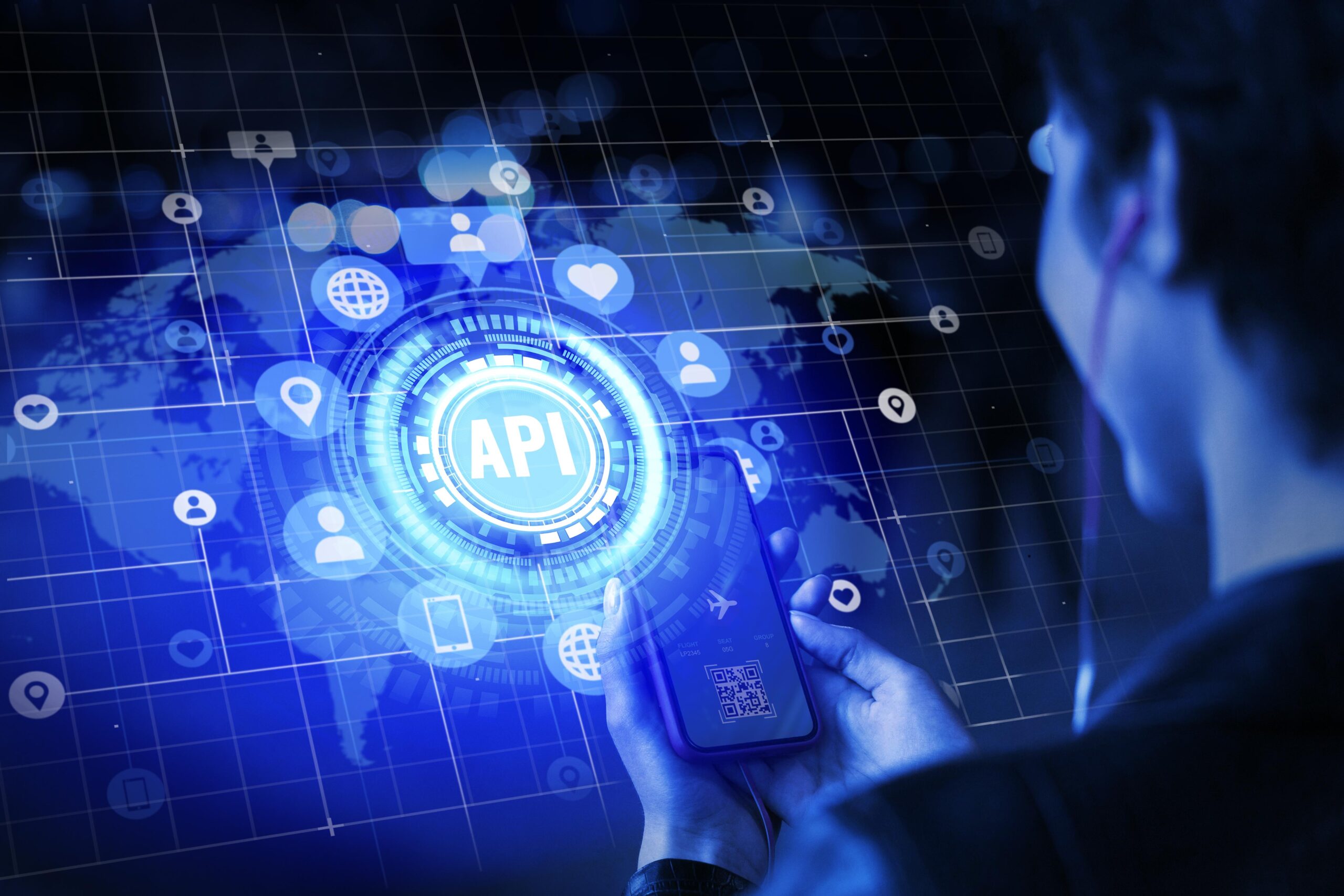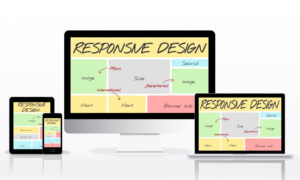Welcome to the web, where everything is a click away, and your favorite cat videos are just a tap on the screen. Behind this digital utopia lie the unsung heroes of the internet – Application Programming Interfaces, or APIs. These powerful tools have revolutionized the way we design, develop, and deliver web-based applications, enabling us to offer seamless user experiences and stay ahead in the fiercely competitive digital world. In this digital age, where static is so last season, let’s dive into the dynamic world of web development.
Table of Contents
The Essence of Application Programming Interfaces
So, what exactly are APIs, and why should we care? At its core, an API serves as a bridge that allows different software applications to communicate and share data with each other. These are like the secret passcodes that ensure various systems understand each other’s language, facilitating data exchange and interaction. Imagine you’re ordering pizza online – you select your toppings, put in your address, and hit order. Behind the scenes, APIs are working their magic, ensuring that your order reaches the pizza joint, and the delivery guy knows exactly where to drop your delicious pepperoni delight.
The Web of Connection
Application Programming Interfaces are the digital bridges that connect different applications and enable them to share information seamlessly. In web development, APIs play a crucial role in facilitating communication between a web server and a client. They act as messengers, ensuring that data flows smoothly between different software components, making the web experience dynamic and interactive.
Building Dynamic Websites: The API Effect
Now that we know Application Programming Interfaces are the backbone of web development let’s talk about how they make websites dynamic. No one likes a stagnant website that feels like a digital museum. Thanks to Application Programming Interfaces, websites can fetch real-time data, update content on the fly, and adapt to user interactions. It’s like having a website that can dance to the rhythm of your clicks.
Real-Time Updates: No More Stale Content
One of the most compelling aspects of APIs is their ability to provide real-time updates. For instance, think about social media platforms. When you see the latest tweets on a website, it’s not because the website has its own Twitter server. Instead, it’s using Twitter’s API to fetch the latest tweets in real-time and display them to you, keeping you engaged and informed.
User Interactivity: Click, Swipe, Wow!
Ever wondered how your favorite social media platform loads new posts without you hitting the refresh button? Thank APIs for that. They enable websites to interact with users in real-time. From posting comments to liking photos, Application Programming Interfaces make the web experience interactive, turning a static webpage into a dynamic playground.
Personalized Experiences: Because One Size Doesn’t Fit All
Imagine logging into your favorite e-commerce site, and voila! It knows your preferences, recommends products based on your previous purchases, and even suggests items trending in your location. APIs make this magic happen by allowing websites to tap into user data and deliver personalized experiences. It’s like having a personal shopper, but in the digital realm.
The API Symphony in Action: Use Cases
APIs are not just a bunch of tech jargon; they’re the enablers of some mind-blowing functionalities across the web. Let’s explore a few real-world scenarios where APIs are the true MVPs.
Social Media Integration: Sharing is Caring
Ever signed up for a new app using your Facebook or Google credentials? That’s the API magic at play. Social media APIs allow seamless integration, making it a breeze to share your latest achievements or post that mouth-watering brunch picture directly from your favorite app.
Weather Widgets: Beyond Small Talk
Curious about the weather at your dream vacation spot? Weather Application Programming Interfaces got your back. Websites use these APIs to fetch real-time weather data, providing users with accurate forecasts and ensuring they never forget their umbrella on a rainy day.
Payment Gateways: Smooth Transactions
Buying that trendy pair of shoes online involves more than just adding them to your cart. Payment gateway APIs facilitate seamless transactions, inventory updates, and product recommendations. When you see an online store that remembers your preferences and offers personalized recommendations, you can thank Application Programming Interfaces for making it happen.
The Harmony of Cross-Platform Compatibility
Unleashing the Power of APIs in Mobile Apps and Websites
APIs play a pivotal role in ensuring cross-platform compatibility. As the usage of mobile apps soars, APIs take center stage, orchestrating seamless data synchronization between web platforms and mobile applications. This synchronization ensures a consistent user experience regardless of the device being used.
Crafting Efficiency Through API-Driven Development
Rapid Prototyping
In the realm of development, APIs act as the accelerators, empowering developers to swiftly prototype ideas. No longer shackled by the need to construct intricate systems from the ground up, developers seamlessly integrate Application Programming Interfaces to experiment with and validate concepts. This not only sparks creativity but also saves invaluable time during the development journey.
Reduced Maintenance
APIs also simplify maintenance. When faced with alterations in services or data sources, developers can effortlessly update the API integration without the need for a ground-up overhaul. This adaptability stands tall as a cornerstone for ensuring the long-term sustainability of digital platforms.
Safeguarding the Digital Frontier: API Security Measures
API Authentication
As with any technology, security is paramount. APIs often require authentication protocols, these protocols serve as guardians to ensure that only authorized users and applications can access sensitive data. Authentication methods like API keys, OAuth, or token-based mechanisms stand as the gatekeepers.
Imposing Order with Rate Limiting
To ward off the specter of abuse and overuse, APIs deploy the sentinel of rate limiting. This strategic mechanism puts constraints on the number of requests a user or application can make within a specified timeframe. By doing so, it not only promotes fair usage but also maintains server stability, ensuring a harmonious digital experience for all.
FAQs:
Q1: Are APIs only for big websites and applications?
Absolutely not! APIs are for everyone. Whether you’re running a personal blog or a global e-commerce platform, APIs can enhance your web development game and add that extra sparkle to your digital presence.
Q2: Do I need to be a coding wizard to use APIs?
While a bit of coding knowledge can always be handy, you don’t need to be a wizard. Many platforms provide user-friendly APIs that even beginners can integrate seamlessly. It’s like adding sprinkles to your ice cream – easy and delightful!
Q3: Are APIs only about fetching data?
Nope, APIs are versatile. While fetching data is a common use, APIs can also be used for actions like posting on social media, processing payments, and even controlling smart home devices. They’re like the multitasking superheroes of the digital world.
API-Powered Web – Where Magic Happens
In the realm of web development, APIs have emerged as indispensable tools for building dynamic and interactive websites that captivate users and provide valuable services. Their versatility, real-time capabilities, and cross-platform compatibility make them the secret sauce behind some of the most engaging online experiences we encounter daily.
As web developers, embracing APIs is not just a trend; it’s a necessity to stay ahead of the curve and offer exceptional user experiences. Whether you’re creating e-commerce websites, real-time dashboards, or mobile apps, APIs are the glue that holds it all together, allowing you to craft web experiences that outshine the competition.
So, as you embark on your web development journey, remember that APIs are your allies in creating websites that not only meet but exceed user expectations. They are the key to turning your vision of dynamic and interactive websites into a reality.




